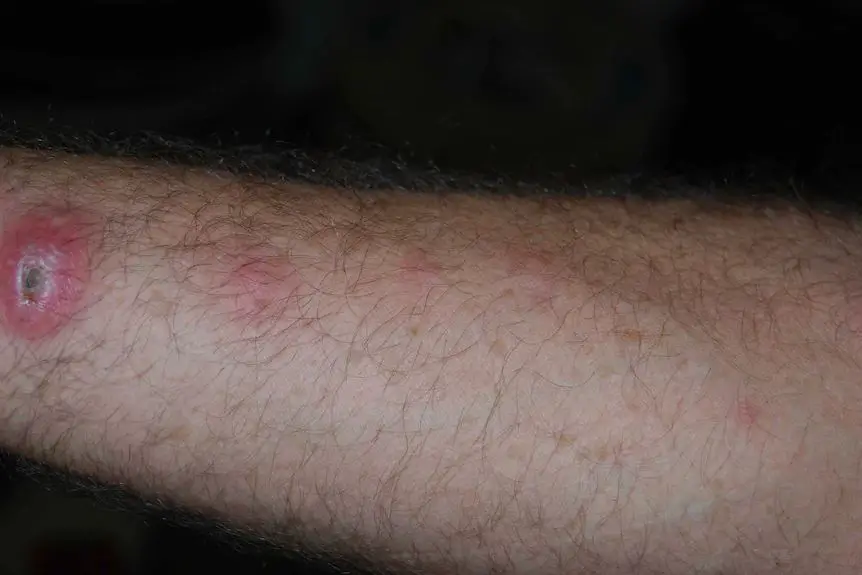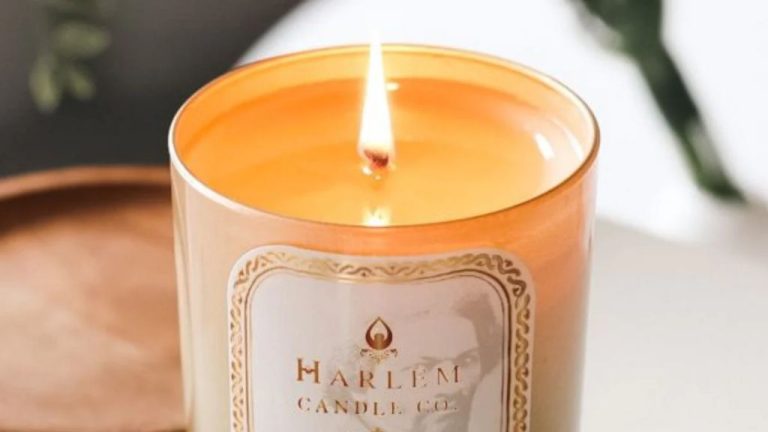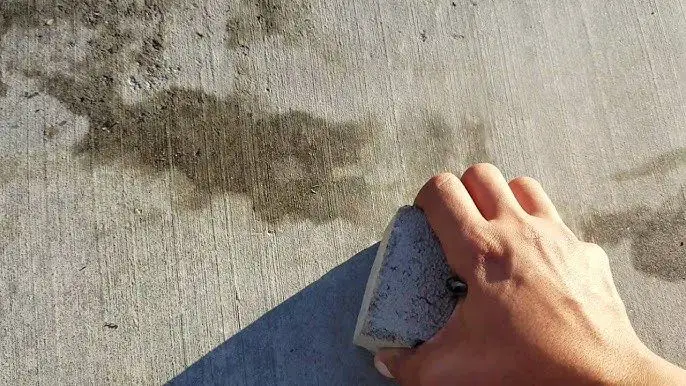Can I Use Regular Wooden Sticks For Waxing?
Waxing is a popular method of semi-permanent hair removal that involves applying wax to the skin and then removing the hair from the roots (https://en.wikipedia.org/wiki/Waxing). The purpose of using waxing sticks is to apply an even layer of wax to the area being waxed before placing a cloth or paper strip on top and quickly pulling to remove the hair. Waxing removes hair from the roots, so it lasts longer than shaving. However, since waxing does not permanently destroy the hair follicle, the hair will eventually grow back.
Waxing sticks allow you to apply wax easily and efficiently. Their flat edges make spreading wax simple. The wax cools and hardens on the stick’s wooden surface rather than directly on the skin, so sticks help prevent messes, overheating, and burns. Overall, waxing sticks give you better control than applying wax directly from the container.
Types of Waxing Sticks
Waxing sticks come in various forms depending on the wax type and intended use. The most basic type of waxing stick is a regular wooden stick.
Basic wooden sticks are simple, thin sticks made of wood or bamboo. They are used to apply soft wax for hair removal. The wax adheres to the wooden stick, allowing you to spread it on the skin. After the wax sets, the stick helps remove the wax to pull out hair by the roots.
Some pros of using regular wooden sticks for waxing are that they:
- Are inexpensive and widely available
- Allow good control when applying wax
- Can be disposed of after use
However, regular sticks also have some downsides, including:
- May splinter and cause irritation
- Don’t always grip wax as evenly as specialty wax applicators
- Can be messy since they don’t have wax catchers

While simple wooden sticks get the job done, many prefer upgrading to higher quality waxing sticks designed specifically for the purpose.
Considerations for Choosing Waxing Sticks
When selecting waxing sticks for hair removal, there are a few key factors to consider:
Shape
The shape of the waxing stick matters. Round, flat sticks cover more surface area and can remove hair more efficiently. Pointed or angled sticks allow for precision application in delicate areas like the face or bikini line (Vogue).
Texture
Waxing sticks come in smooth or ribbed textures. Smooth sticks glide over the skin easily. Ribbed sticks grip the wax better, making wax application and hair removal more effective (Byrdie).
Grip
Consider sticks with grippy handles that provide control during application. Plastic applicators with rubber grips allow for a comfortable, non-slip hold. Wooden sticks can be more slippery.
Using Regular Wooden Sticks
Using regular wooden sticks like popsicle sticks or craft sticks for waxing can work in some cases, but may not be as effective as purpose-made waxing sticks.
The main potential issues with using regular wooden sticks are:
- They may not be ideal for spreading wax evenly, especially on smaller areas. The rectangular shape and thickness of regular sticks makes application a bit more difficult. According to this thread, regular sticks work better for waxing larger areas like arms and legs.
- The wood may splinter or break more easily than waxing sticks designed for the purpose. Popsicle sticks in particular are quite thin and prone to snapping.
- They don’t have a wrapper or applicator tip to help control wax application and prevent burning your fingers.
- The wood may absorb some of the wax, making your supply run out faster.
With care, regular wooden sticks can be used in a pinch for at-home waxing. But for best results, opt for thicker wooden wax applicators with rounded edges and wrappings on one end. These specialty sticks allow for smooth, controllable application on both small and large areas.
Best Practices
When waxing at home, it’s important to follow some best practices to get the best results and avoid irritation or injury. Here are some key tips:
- Prep the skin properly by washing with soap and water right before waxing. This removes any oils or lotions that can prevent the wax from adhering properly (Healthline).
- Test the wax temperature on your wrist first before applying to check it’s not too hot for your skin. Warm wax works better than very hot wax (Naircare).
- Apply wax in the direction of hair growth and pull strips off in the opposite direction for easiest removal (AAD).
- Pull strips off in one quick, smooth motion. Stopping halfway can cause more pain (Healthline).
- Avoid waxing over the same area repeatedly as this can lead to irritation. Wax only once per session (AAD).
- Cleanse skin after waxing to remove any residule wax and avoid ingrown hairs (Naircare).
Following proper technique and taking care not to over-wax will help make at-home waxing as safe and effective as possible.
Aftercare
It’s important to take proper care of your skin after waxing to avoid irritation, ingrown hairs, and other issues. Here are some tips for post-wax care:
Gently cleanse and exfoliate the waxed area daily to remove dead skin cells and prevent ingrown hairs. Use a loofah or exfoliating gloves/scrubs. Avoid harsh scrubs as they can cause irritation on freshly waxed skin.
Apply aloe vera gel or a soothing lotion liketendskin.com to calm inflammation and irritation. This helps the hair follicle remain open.
Avoid hot baths, saunas, and intense exercise for 24 hours after waxing, as heat can cause irritation. Take quick, lukewarm showers instead.
Wear loose, breathable clothing over waxed areas to prevent friction and allow the skin to heal.
Avoid direct sun exposure on freshly waxed skin, as UV rays can exacerbate irritation. Wear SPF 30 or higher if going outside.
Exfoliate regularly between waxes, at least 2-3 times per week, to keep the skin smooth and lift trapped hairs.
Moisturize daily with a light, fragrance-free lotion to prevent dryness and maintain healthy skin.
If ingrown hairs develop, use a sterile needle to gently tease the tip out. Do not pick or squeeze, as this can lead to infection.
See a dermatologist if irritation persists more than a few days post-waxing.
Pros and Cons of Regular Sticks
Regular wooden sticks, like basic popsicle sticks or tongue depressors, are often readily available and inexpensive options for at-home waxing. However, there are some key considerations when using these types of sticks for waxing:
Pros:
- Easy to find – Many households likely already have basic wooden sticks on hand or can purchase them very cheaply at a local store.
- Low cost – A bag of regular popsicle sticks can cost just a dollar or two.
Cons:
- Less effective – Regular sticks may not be optimally shaped or smoothed for wax application and removal like professional waxing sticks (https://citizenside.com/lifestyle/14-unbelievable-wax-spatula-for-2023/). The wood surface and edges may be rougher.
- Higher risk of breakage – Basic wooden sticks can more easily break or splinter during waxing compared to sturdier professional waxing sticks.
- May lack handles – Sticks without attached handles can be more difficult to grip and control.
Overall, regular wooden sticks are very accessible and budget-friendly, but may not provide the ideal waxing experience. Investing in quality equipment designed for waxing can yield better results.
Considerations for Sensitive Skin
When waxing sensitive skin, it’s especially important to choose the right waxing sticks and take precautions to avoid irritation. Wooden sticks can work for sensitive skin, but bamboo sticks or applicators made specifically for sensitive skin may be a better option. Bamboo is smooth, more hygienic, and less likely to splinter than wood. Silicone applicators can also minimize irritation. Look for waxing kits formulated for sensitive skin, often labeled hypoallergenic or for delicate areas.
Before waxing sensitive areas, prepare the skin by gently exfoliating with a soft brush or cloth 1-2 days before. This removes dead skin cells so the wax adheres better. Avoid over-exfoliating which can lead to irritation. Cleanse skin the day of waxing using a gentle, fragrance-free wash. After cleansing, apply a layer of oil or special pre-wax product for sensitive skin. This creates a barrier helping protect the skin.
Test wax on a small area first to check for reaction before proceeding. Work in small sections, holding skin taut for a smoother wax. Avoid reapplying wax to the same area to prevent irritation. After waxing, use a calming lotion or gel to soothe the skin and reduce redness. Avoid heavily scented products. Exfoliate gently 2-3 days later to prevent ingrown hairs. Always disinfect sticks after each use.
Other Home Waxing Tips
When waxing at home, you have a few options for the type of wax to use. Two popular options are natural waxes and microwave wax kits:
Natural waxes like sugar wax are a good option for sensitive skin. They can be less irritating than synthetic waxes. Sugar wax in particular has a low melting point so it doesn’t require heating to really high temperatures. It’s also water-soluble so it rinses off easily. Some downsides are that it may not be as effective on coarse hair. See this guide for tips on making and using sugar wax.
Microwave wax kits provide an easy way to wax at home. Many kits include microwavable wax along with strips, post-wax oil, and instructions. They allow you to simply heat up and apply the wax. Some drawbacks are that they may contain more chemicals and synthetics compared to natural waxes. The wax also needs to be heated to a high temperature which could cause burns if not careful. Consider reviews and your own skin sensitivity when choosing a microwave wax kit.
Conclusion
Using regular wooden sticks for waxing can work in a pinch. They are inexpensive and easy to find. However, they do have some downsides. Waxing works best with sturdy, smooth sticks made for the purpose. Homemade and repurposed items may be more prone to breakage, splintering, or contamination.
The key points are:
- Smooth, disposable waxing sticks are ideal, but regular sticks can work.
- Choose uniform, sturdy sticks free from defects and splinters.
- Wooden chopsticks or popsicle sticks may be suitable alternatives.
- Disinfect and clean sticks before each use to avoid bacteria transfer.
- Wax often and gently to reduce skin irritation.
- Apply a soothing lotion after waxing.
- See a professional for sensitive areas.
While regular sticks aren’t perfect, they can remove hair when applied carefully. With some precautions, you can achieve smooth results at home.





